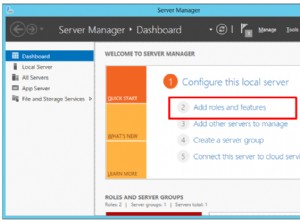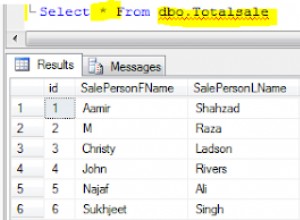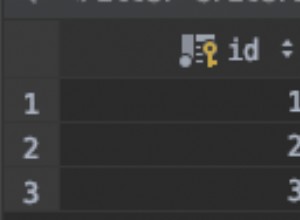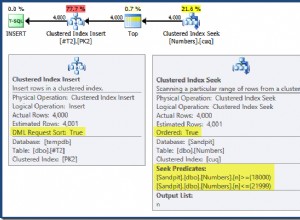Menzioni "test dell'applicazione semplice", quindi suppongo che tu debba configurare i tuoi unit test. In una classe di configurazione di unit test (ad esempio class TestSpringWebConfig extends SpringWebConfig ) questo ti ottiene un'origine dati Oracle utilizzando un portafoglio (bonus:il seguente utilizza un account di database proxy):
System.setProperty("oracle.net.tns_admin", "path/to/your/tnsnames");
OracleDataSource ds = new OracleDataSource();
Properties props = new Properties();
props.put("oracle.net.wallet_location", "(source=(method=file)(method_data=(directory=path/to/your/wallet)))");
/*
Use the following only if you have a proxy user database account instead of a normal DB account
A test user's username could go here though
*/
props.put(OracleConnection.CONNECTION_PROPERTY_PROXY_CLIENT_NAME, "proxy-user-name");
ds.setConnectionProperties( props );
ds.setURL("jdbc:oracle:thin:/@dbAlias"); //dbAlias should match what's in your tnsnames
return ds;
Ciò presuppone anche che tu abbia quanto segue nel tuo JDK:
In JAVA_HOME/jre/lib/security/java.security, aggiungi quanto segue all'"Elenco dei provider":
security.provider.11=oracle.security.pki.OraclePKIProvider
E aggiungi i seguenti jar da Oracle a JAVA_HOME/jre/lib/ext:
- osdt_cert.jar
- osdt_core.jar
- oraclepki.jar
E, naturalmente, tutto quanto sopra presuppone che il jar ojdbc7 sia già nel percorso di classe dell'applicazione.




